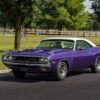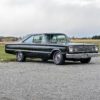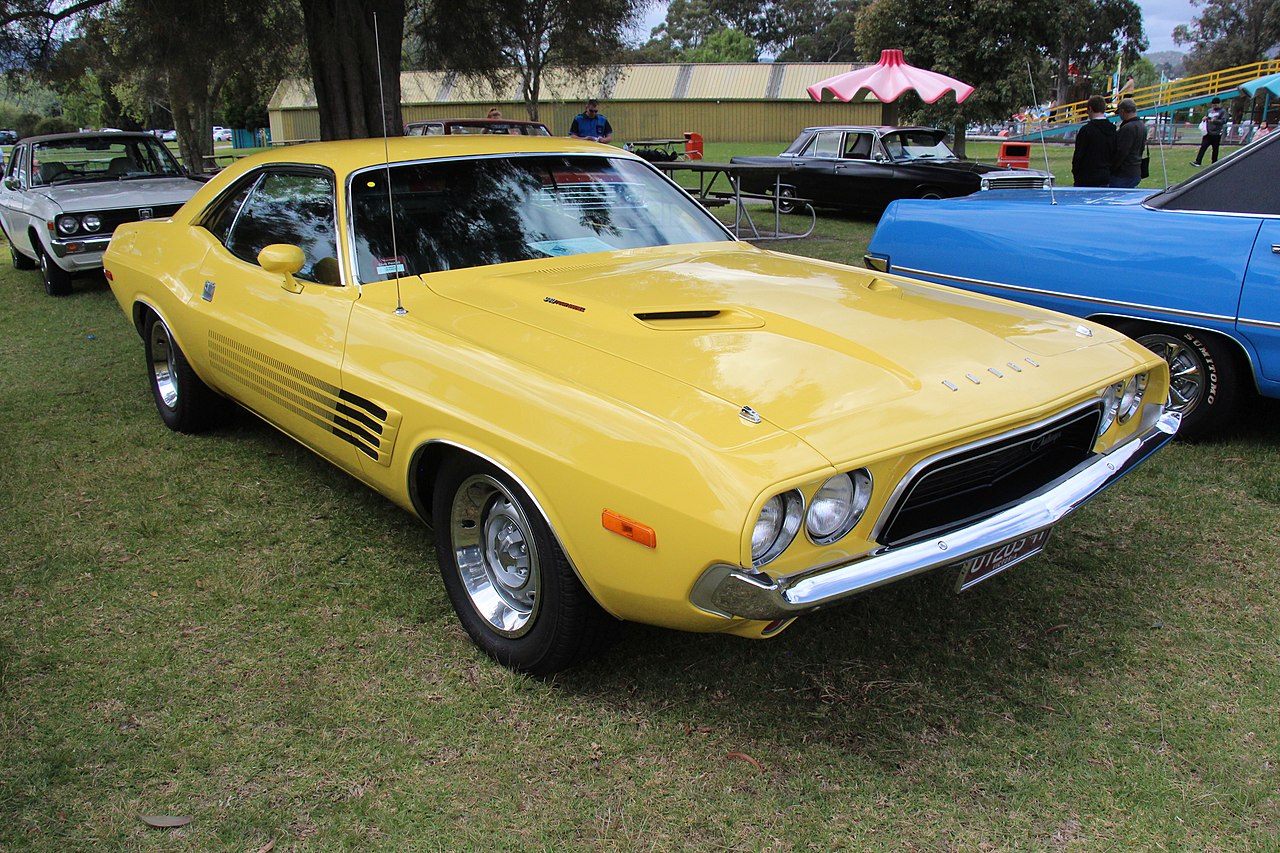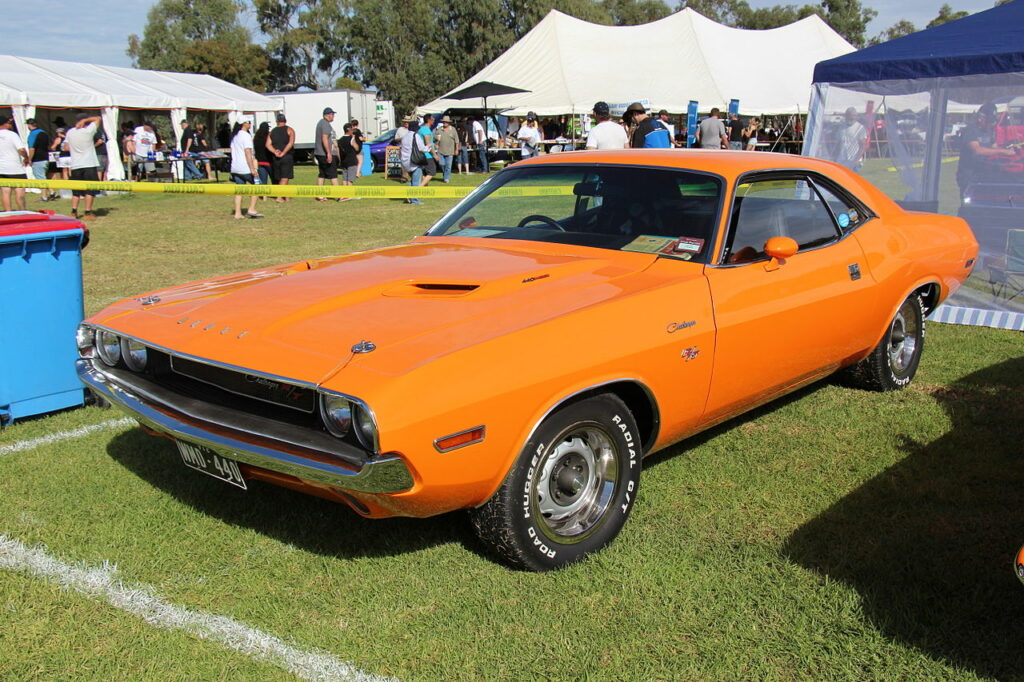Short History And Introduction
In the late ’50s and early ’60s the American motor manufacturers started to produce smaller “compact” cars with a “European” feel to them offering “sport” styling and handling in order to appeal to young single men (and increasingly women) with money in their pockets.
G.M. had the unconventional rear engine Corvair. Ford had its 3/4 sized Falcon which competed in some forms of European motor sport. Chrysler had the Plymouth Valiant and Dodge Lancer. All of these cars were conceived with economy in mind but as America moved into the ’60s, the market shifted and performance started to become a major factor. Larger V8 engines appeared in these cars for the first time and when Ford introduced the new Mustang body on the Falcon platform in ’64, sales went through the roof.
Chrysler bosses had heard about the Mustang long before it was produced and decided to give the go-ahead to a fastback Valiant idea that had been sitting in the Plymouth design studios for years. This car was called the Barracuda and was released to the public 15 days ahead of the Mustang on the 2nd of April 1964. Dodge was offered its own version of the Barracuda but declined and decided instead to fit a fastback onto the Coronet, creating the classic Charger.
By 1967, development of the third generation Barracuda for introduction in the 1970 model year had begun and this time Dodge wanted a piece of the action, calling its version the Challenger. For these two cars a new platform was designed called the E-body. Chrysler wanted to be able to fit any engine it wanted under the hood of its cars including the huge 440 cubic inch wedge and 426 cubic inch Hemi engines it had developed for motor racing. They also had to accommodate, where possible, the comforts of air conditioning, power steering and power brakes.
The Dodge Challenger was to be slightly up-market from the Barracuda and as a consequence it received a two inch longer wheelbase. The new cars were lower and wider and had a powerful look to them which remains to this day. When people look at my Challenger at car shows I can see that, without them even knowing what they are looking at, they are in no doubt it is a powerful car. It must have looked very impressive indeed when it first hit the streets in the Autumn of ’69. This is when the first examples of the 1970 model year were introduced and both the Challenger and the new Barracuda became a big hit with the motoring press.
These E-body cars were produced with performance in mind and so as the powerful engines were killed off by safety zealots, environmentalists and the insurance industry, the cars too declined until their death in April 1974. There were just 250,000 Barracudas (’64-’74) and 165,500 (’70-’74) Challengers built in this time. Only a fraction of these have survived to this day.
| Check out American Muscle’s selection of Dodge Challenger accessories for your SRT8, RT, or SE Challenger. |








